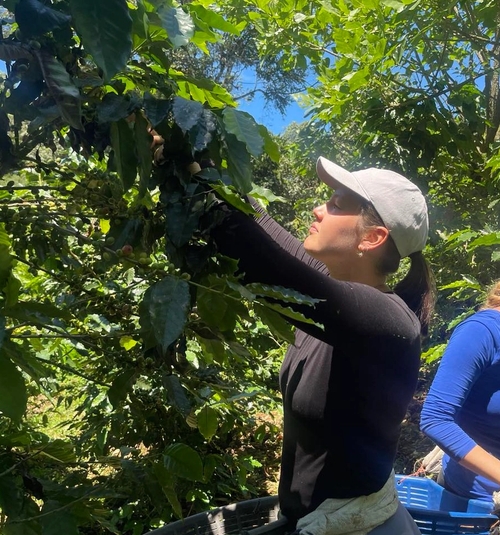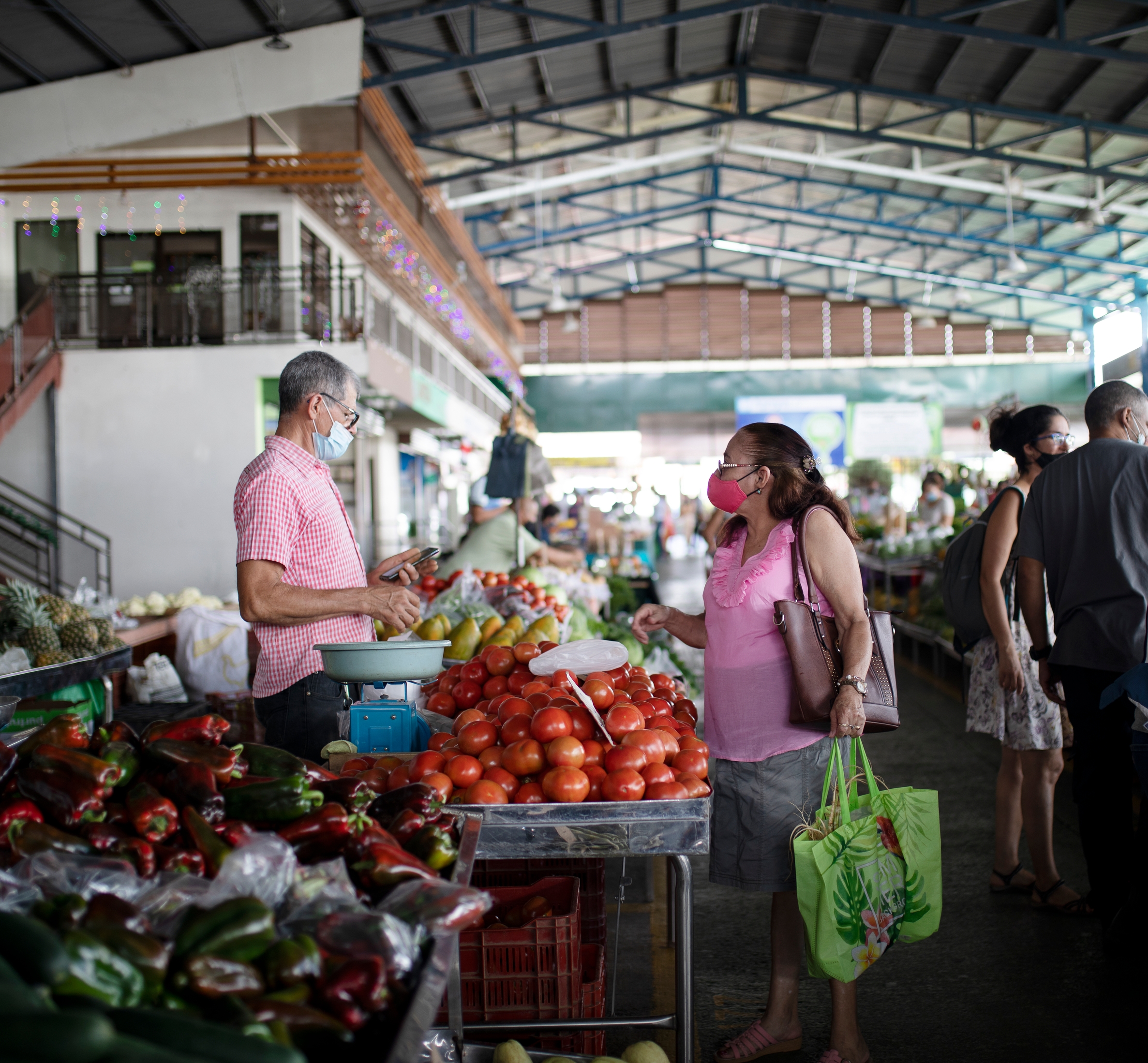
Top fruits to try in Costa Rica
One of the best things about your study location and the city of San Isidro de El General is that it has the Farmer's Market every week, Feria del agricultor. At this gigantic market, which is held in a hall in the center of the city, you can buy fruits and vegetables directly from local farmers.

This text is translated using AI.
View the original article here.The ingredients vary with the season, and you can also find kombucha, banana snacks, cheeses, nuts, a restaurant on the second floor, and the very best homemade ice creams. These are called apretodos, consist of fruit ice in a clear plastic bag, and are often found at the top of a cooler bag.
They are made of 100 percent fruit and are delicious. The selection of fruit at this market is also to die for, so here is a small list of eight tropical fruits you must try!
Rambutan
This fruit may look like a deep red burr, but the spikes are soft and when you peel it, you find the world's sweetest, mild and white fruit flesh with a jelly-like consistency. This fruit is a close relative of the more well-known lychee. The rambutan, or mamón chino, is packed with vitamin C and dietary fiber, and the seed should not be eaten.
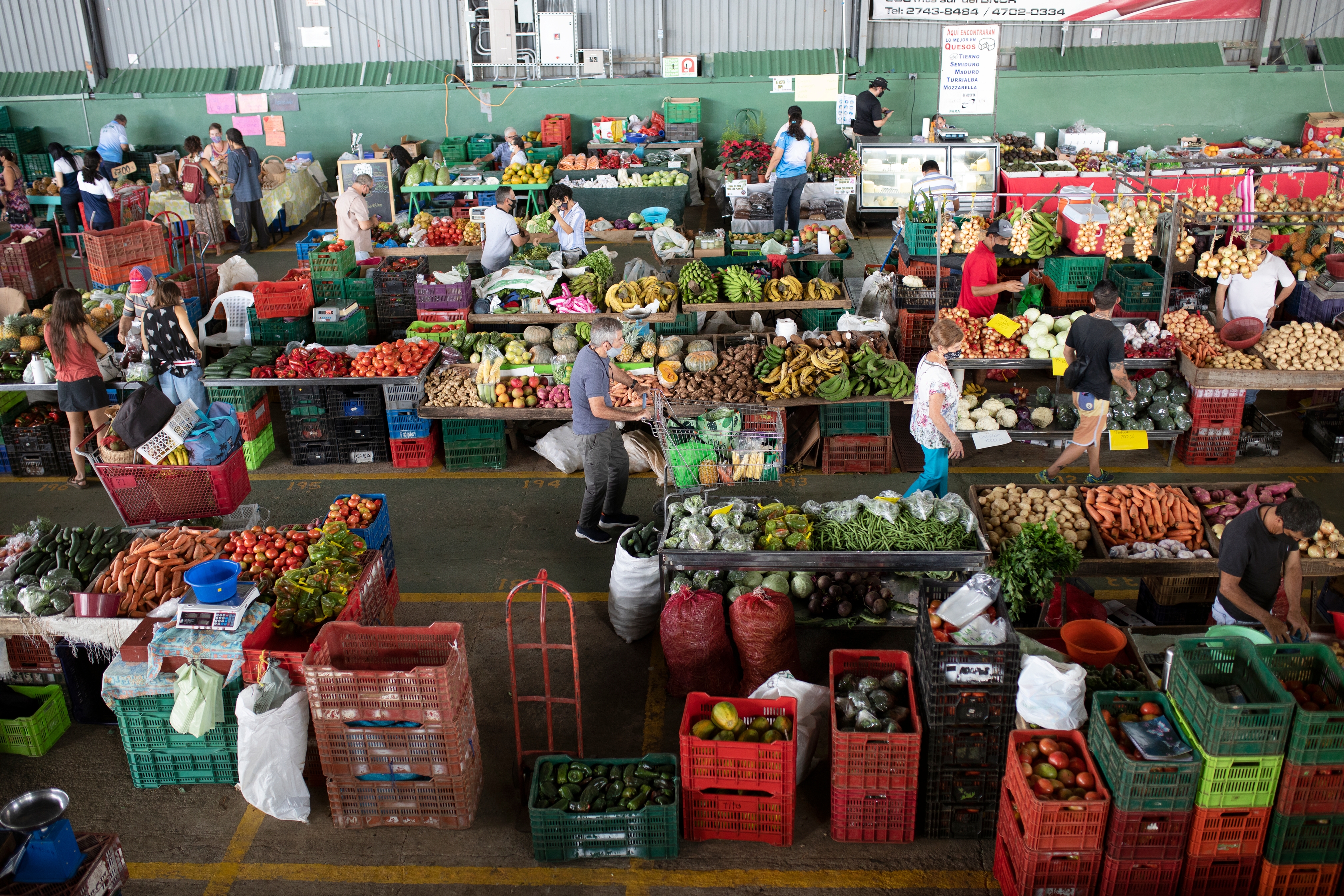
The tree is originally from Malaysia, but was brought to Costa Rica 40 years ago by the Ministry of Agriculture so that small farms would have other products to sell besides just coffee and sugar. The fruit trees thrived in the Costa Rican climate, and you'll find the stalls brimming during the season.
Cherimoya
The delightful cherimoya fruit looks almost prehistoric with its dinosaur-like green skin. Inside, it has a velvety, cream-white flesh with black seeds. The fruit, also known as 'the pearl of the Andes mountains,' is originally from Latin America and has been cultivated by the Inca people for several hundred years.
In the language of the Incas, quechua, cherimoya means "cold breast" and the sweet fruit was supposedly used to soothe children as a kind of pacifier. The Incas also believed that the fruit was an aphrodisiac. The author Mark Twain described the cherimoya as “the most delicious fruit known to men”.
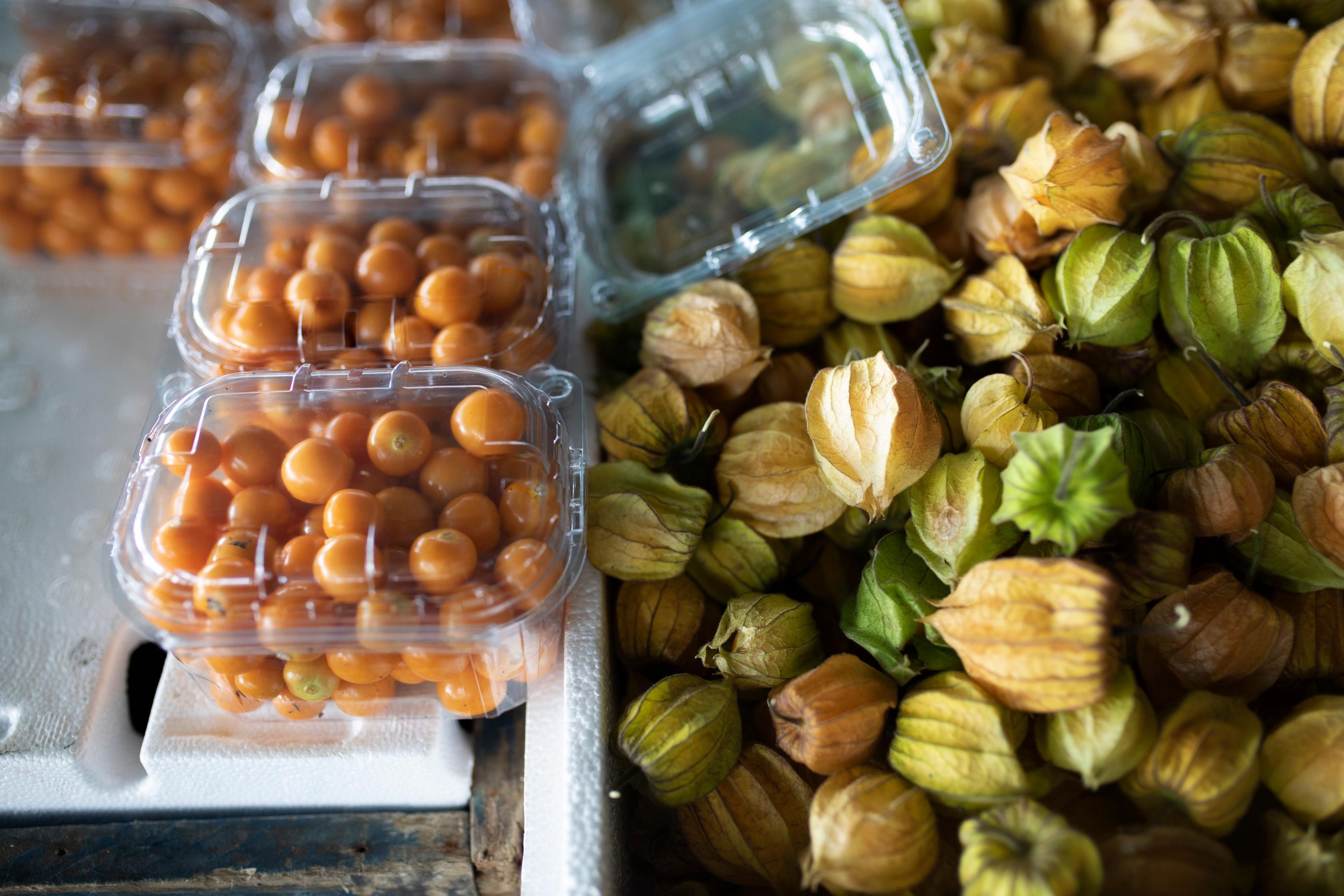
Papaya
The papayas you find in Costa Rica are incomparable in taste to those sold in Norway. These papayas are exquisite, they have much more flavor and are sweeter. You can either cut the papaya into pieces for breakfast with yogurt, make a smoothie, or eat it with a knife and fork.
Goldenberry
The orange uchuva berry, known by names such as loveberry, Inca berry or “besos de amor”, is originally from the Andes region in Peru. It is packed with vitamins and has more fiber than prunes. Just pluck off the surrounding leaves and eat.

Peach Palm Fruit
The tropical palm tree bactris gasipaes produces a beloved fruit for the Ticos in Costa Rica. They adore their red, yellow, and orange pejibaye fruit, which grows in clusters on branches and resembles small peppers. The palm fruit is later boiled in water for a few hours.
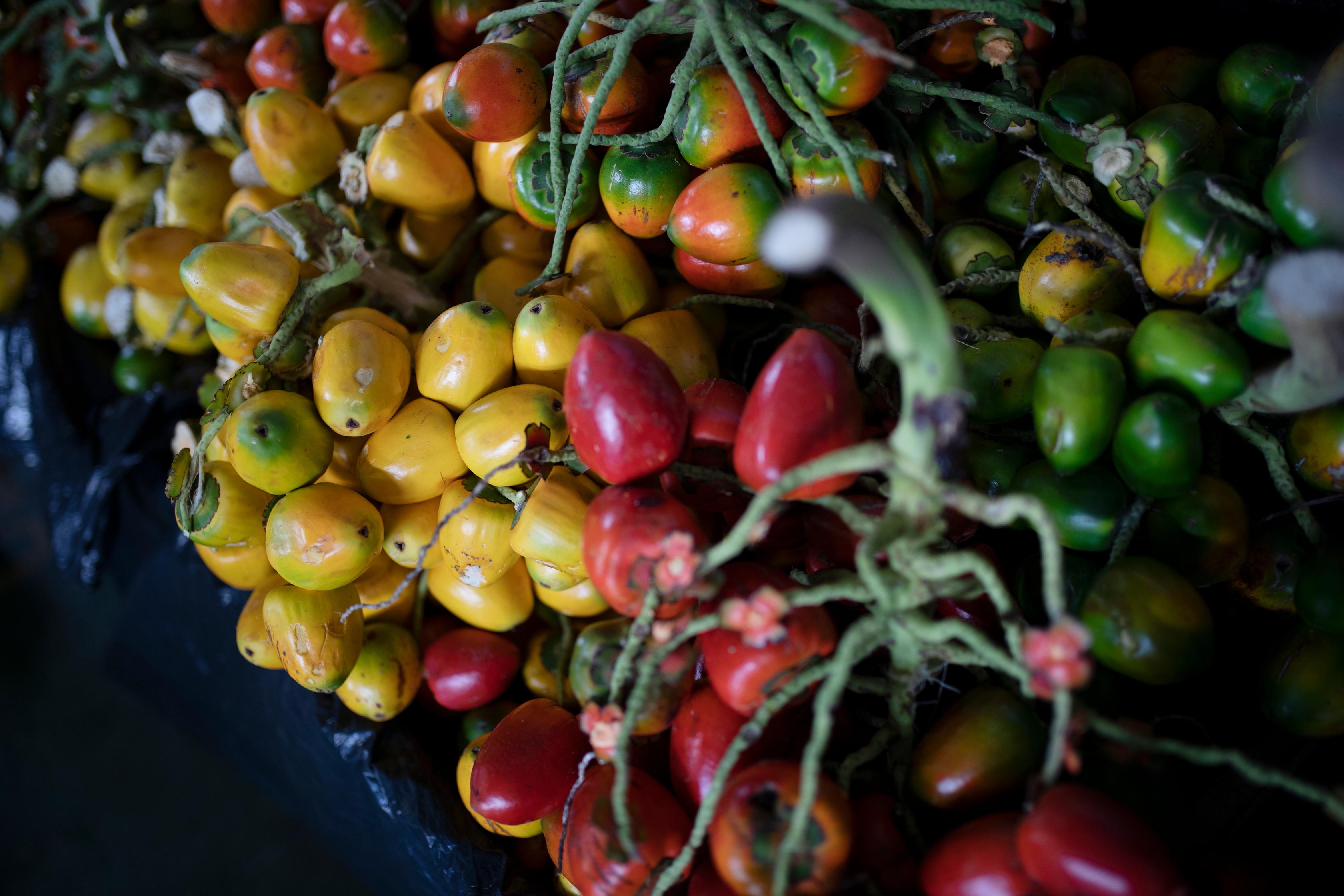
Once it's done, the cooked pajubayen is cut in half, eaten without the peel and not the stone, and is often served with mayonnaise on top. The taste is reminiscent of a mix between potato and chestnuts and it's packed with vitamins, proteins, and minerals. It's all very delicious and can be eaten as a snack or as a whole meal!
Cacao Fruit
We have all tasted cocoa, which comes from the cocoa bean, but few have tried the white pulp that lies protectively around the cocoa fruit. These fruits, reminiscent of a reddish-brown melon, grow directly on the trunk of the cocoa tree and are incredibly sweet.
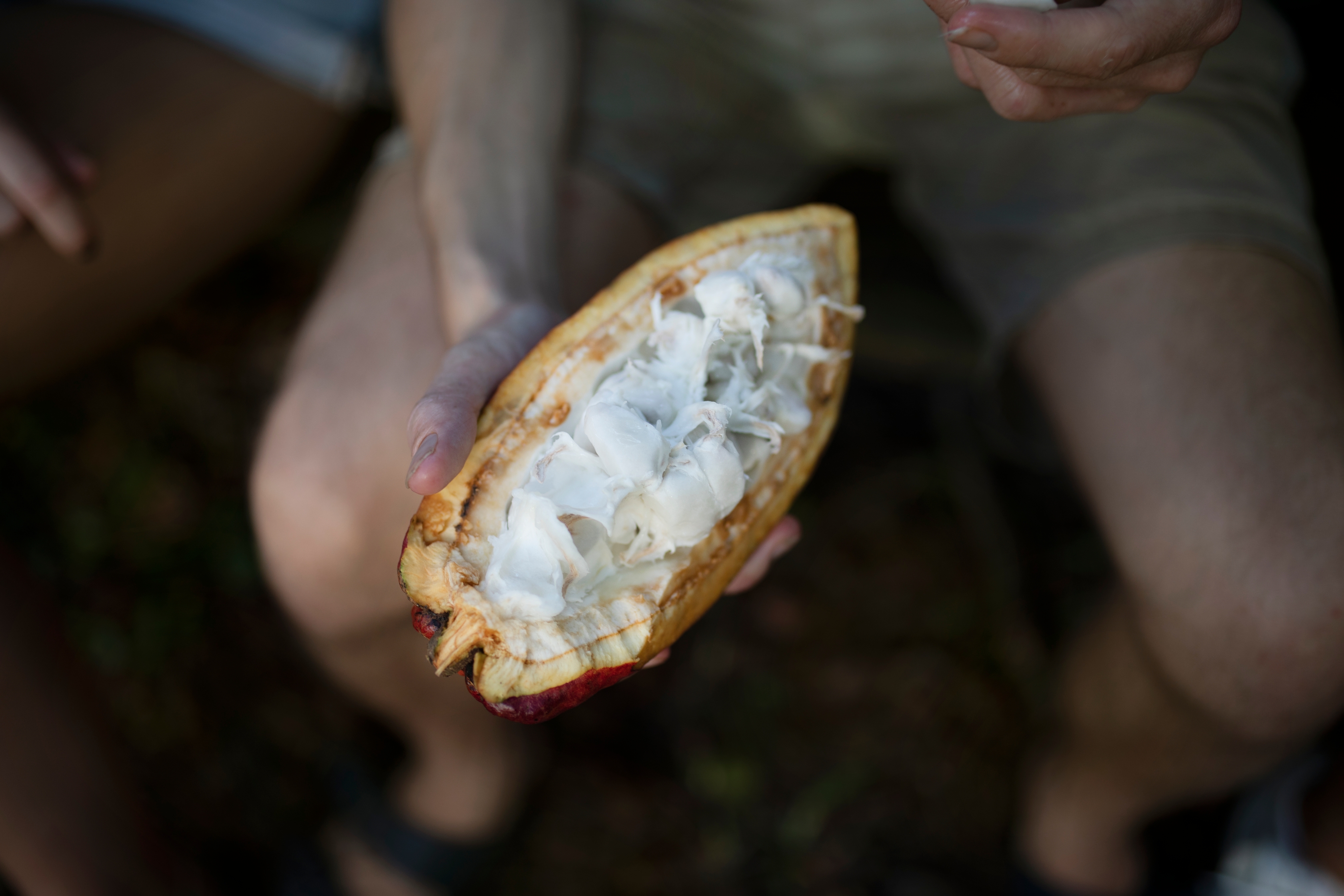
Guanábana
Beneath the green-brown shell, the flesh is white and it has large seeds. The guanabana fruit is huge and can weigh up to four kilos. It's also delicious as fruit juice, in ice cream, or in a smoothie. The indigenous people have a long tradition of using the guanabana fruit as medicine, including to treat fever and high blood pressure, and it is said to be effective against parasites and viruses. This fruit also originally comes from Peru.
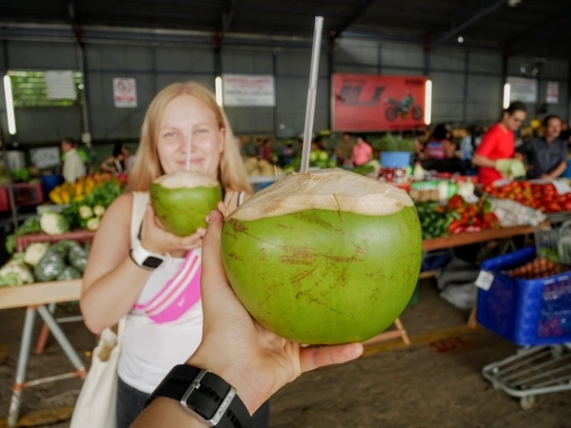
Pineapple
The pineapples in Costa Rica are super sweet and juicy, but come with a downside. The pineapple plantations in Costa Rica are gigantic and enormous amounts of pesticides are used in the production. The very best thing is to find organic pineapples and eat those instead. The same applies to banana production, which unfortunately is also an environmental villain.



